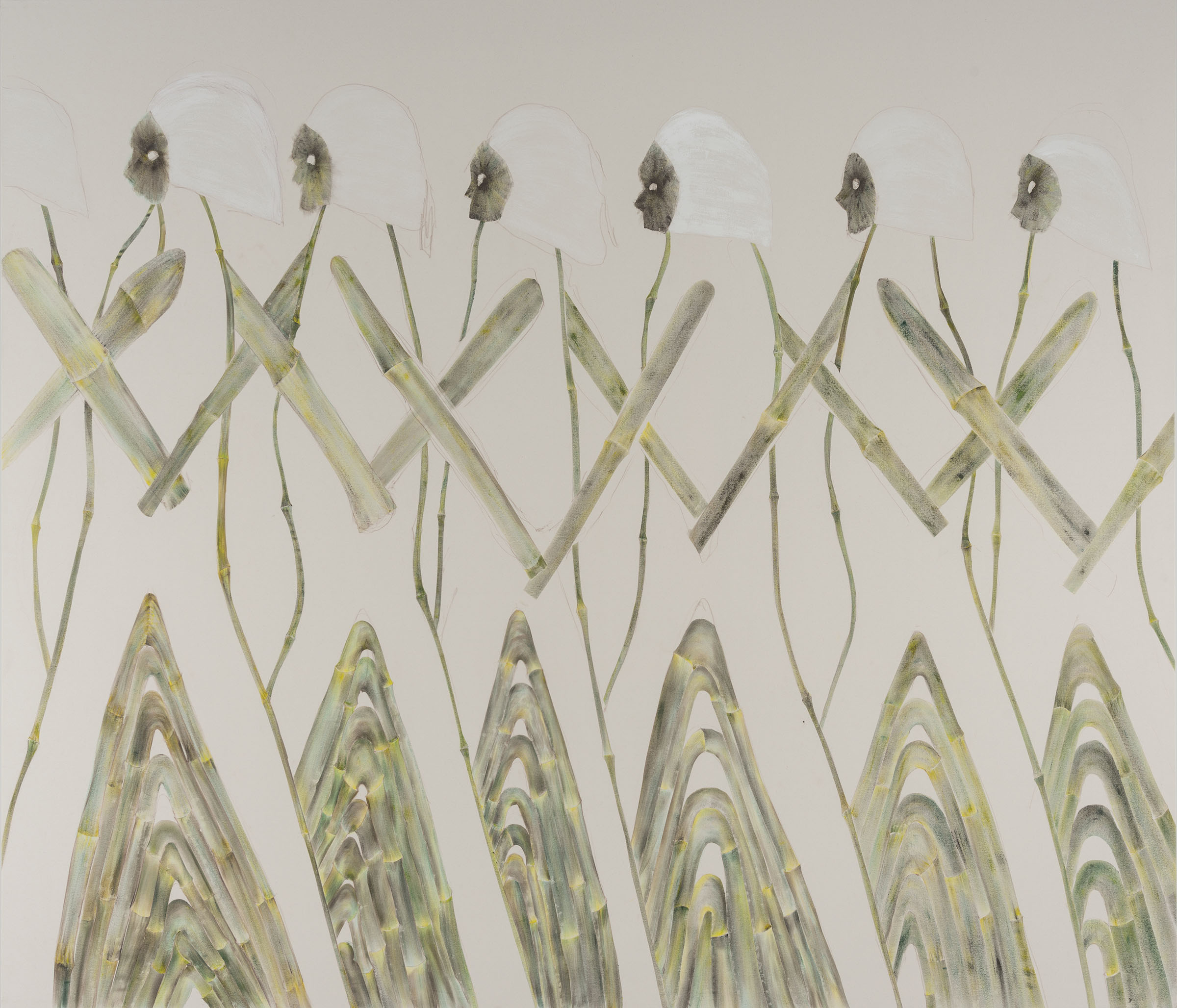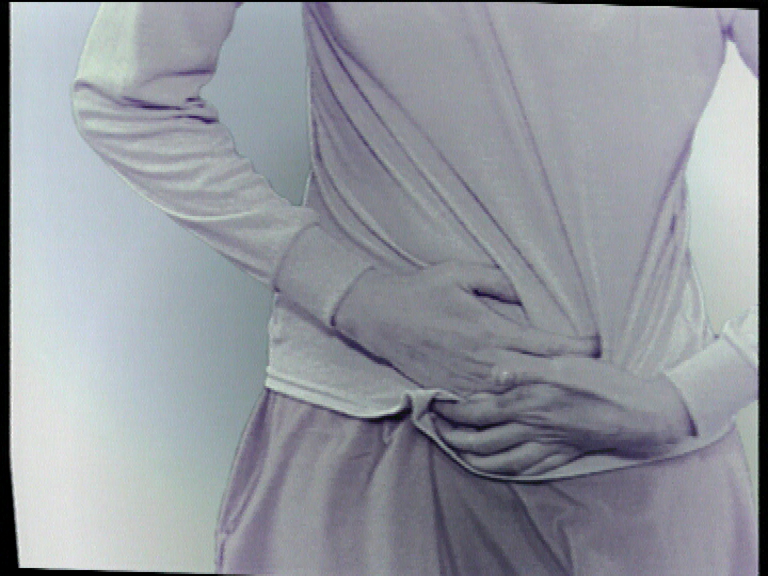Chapter 4. Practicing the collective gesture
Tuning-2 brings together nine especially commissioned sound installations and an exhibition which traces the connections that have run between music and formal experiments in the visual arts from the beginning of the last century to the present day.
The three previous chapters explored the ways in which artists have experimented with form throughout the previous century—how they moved away from realistic representation, broadened the expressive possibilities of abstraction, and called the principles of musical harmony, rhythm, and metre to their aid.


This concluding chapter brings together Rite of Spring (2012) by Enrico David (b. 1966) and Ode (2001) by Victor Alimpiev (b. 1973). It holds a special place in the Tuning-2 project, as the dialogue between these two works materialises the central theme of the exhibition—the attunement of sound and image. Both works underline the important role played by music in experiences of belonging, collectivity, and rituality.
David’s Rite of Spring refers to the fertility rite that takes place before the start of sowing, a rite which has existed in one form or another in all ancient agricultural cultures. The most well-known artistic interpretation of this rite is the ballet The Rite of Spring (1913)—revolutionary for its time, the work was staged by Vaslav Nijinsky to music by Igor Stravinsky during one of the Diaghilev Seasons in Paris. The performance’s scenery, costumes, and libretto were the work of the artist and mystic Nicholas Roerich. Nijinsky’s bold choreography—founded on the repetition of intermittent, ecstatic gestures which transform the performers into a single organism—conveyed the spirit of this pagan ritual extremely accurately. On David’s canvas, sketchy female figures form a harmonious, rhythmic row, recalling an archaic ornament. The figures create an illusion of monotonous movement, and are a capacious metaphor for the continuous flow of life.

Enrico David
(b. 1966)
Rite of Spring, 2012
Acrylic and Conté
crayon on canvas
David’s harmonious pictorial sequence is contrasted with a film in which a group of people also seem to be performing some kind of ritual. This impression, however, is deceiving. Here the choreography of the collective body is determined not by rules but by the chaotic screen narrative: Alimpiev’s cinematic language is an explosive mixture of music, absurd plasticity of characters, and unnatural image imitating a damaged videotape. The dramaturgy of the mise-en-scene is clearly dictated not by the scenario but by the reactions of the characters to the audio sequence and to the actions of their partners. The participants in this absurd performance cry out certain phrases at random, but there is no harmony to this chorus; there is nothing before us but a mechanic sum of actions, colours, and sound effects. Interspersed human speech makes the acoustic fabric of the work all the more colourful.

Victor Alimpiev
(b. 1973)
Ode, 2001
Video